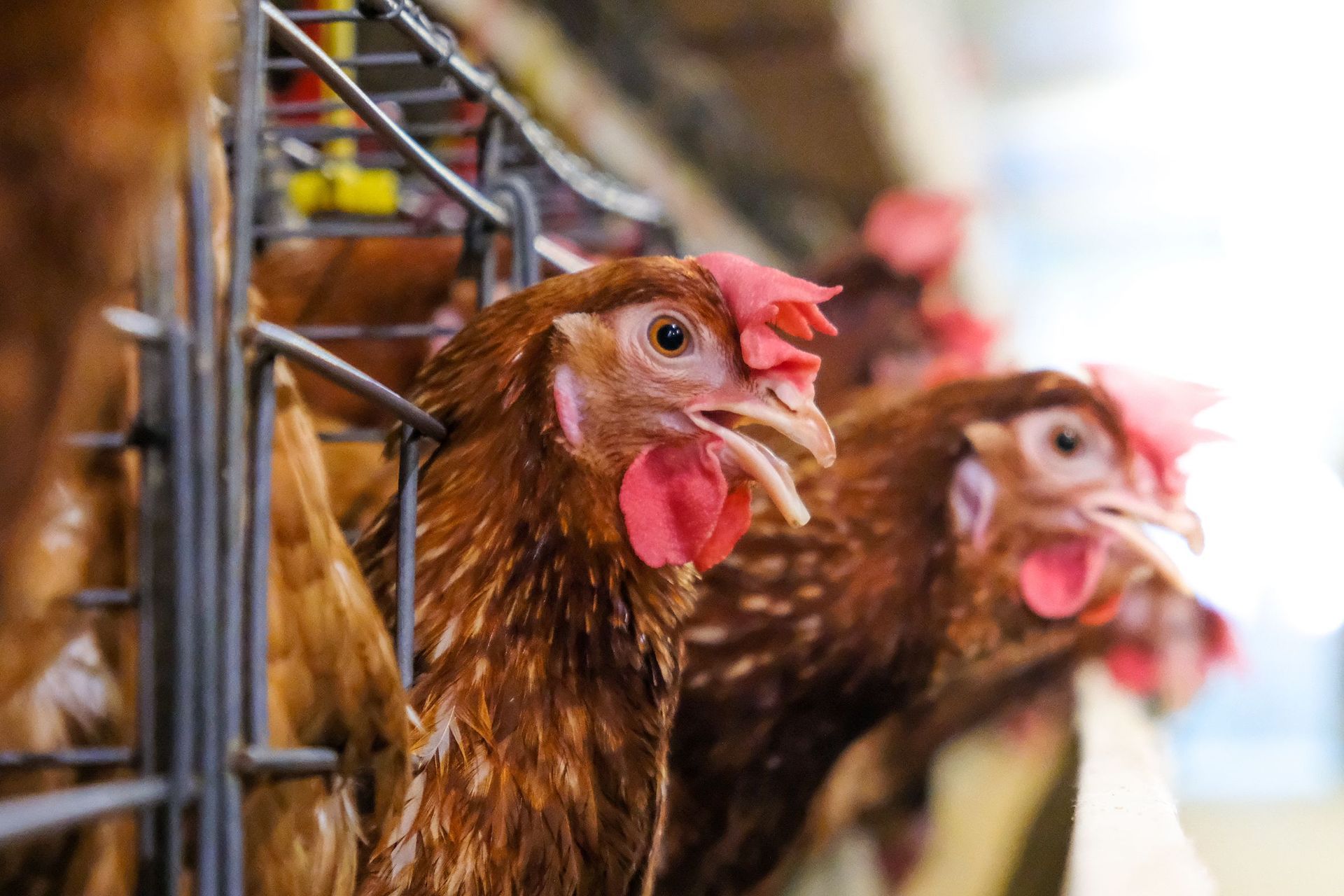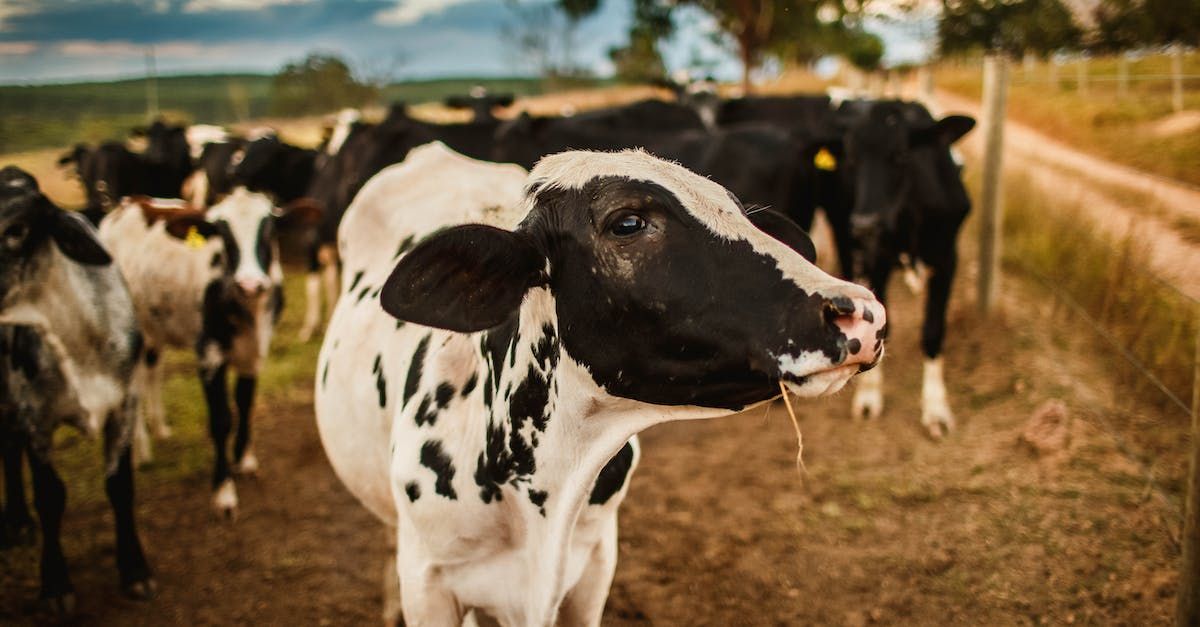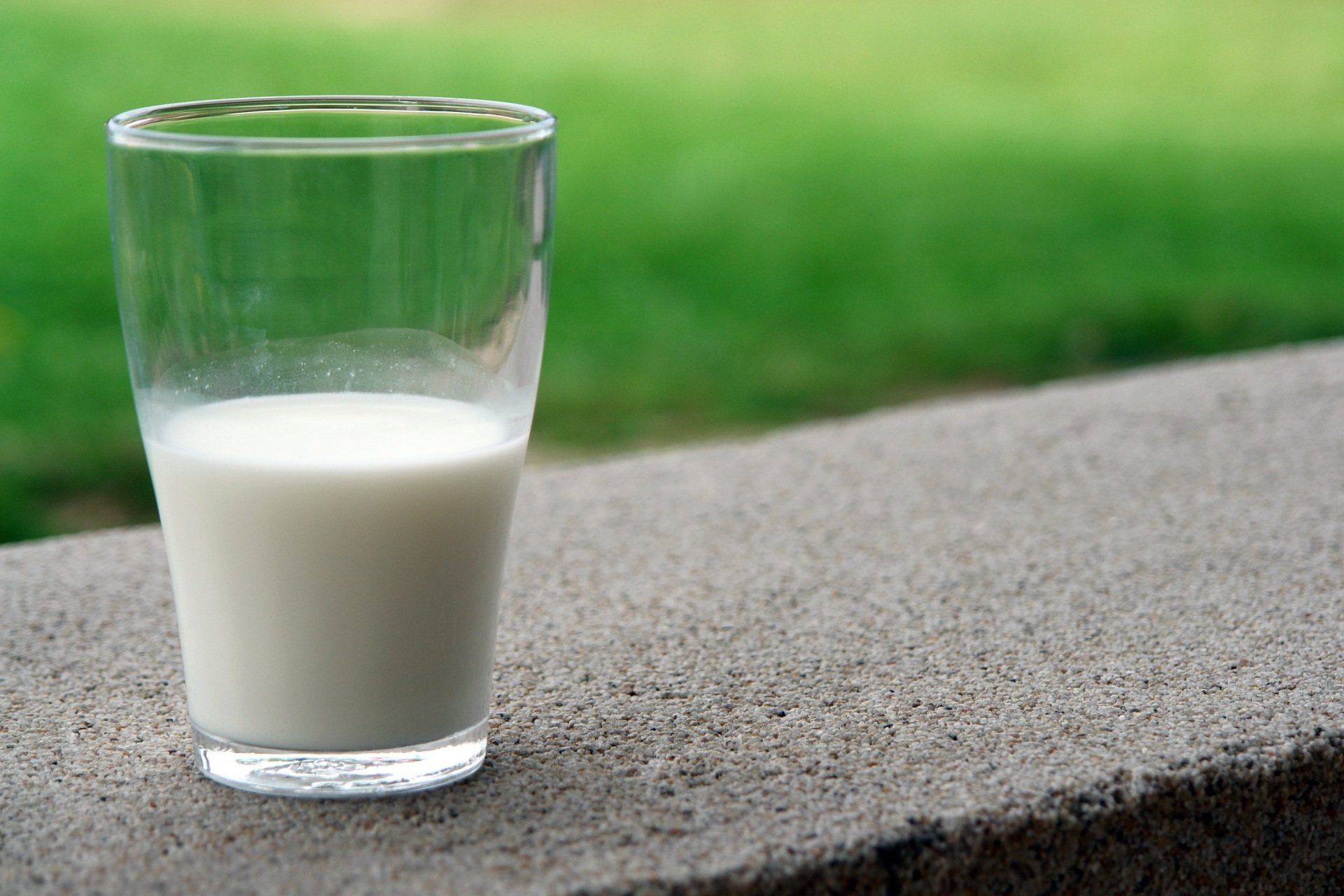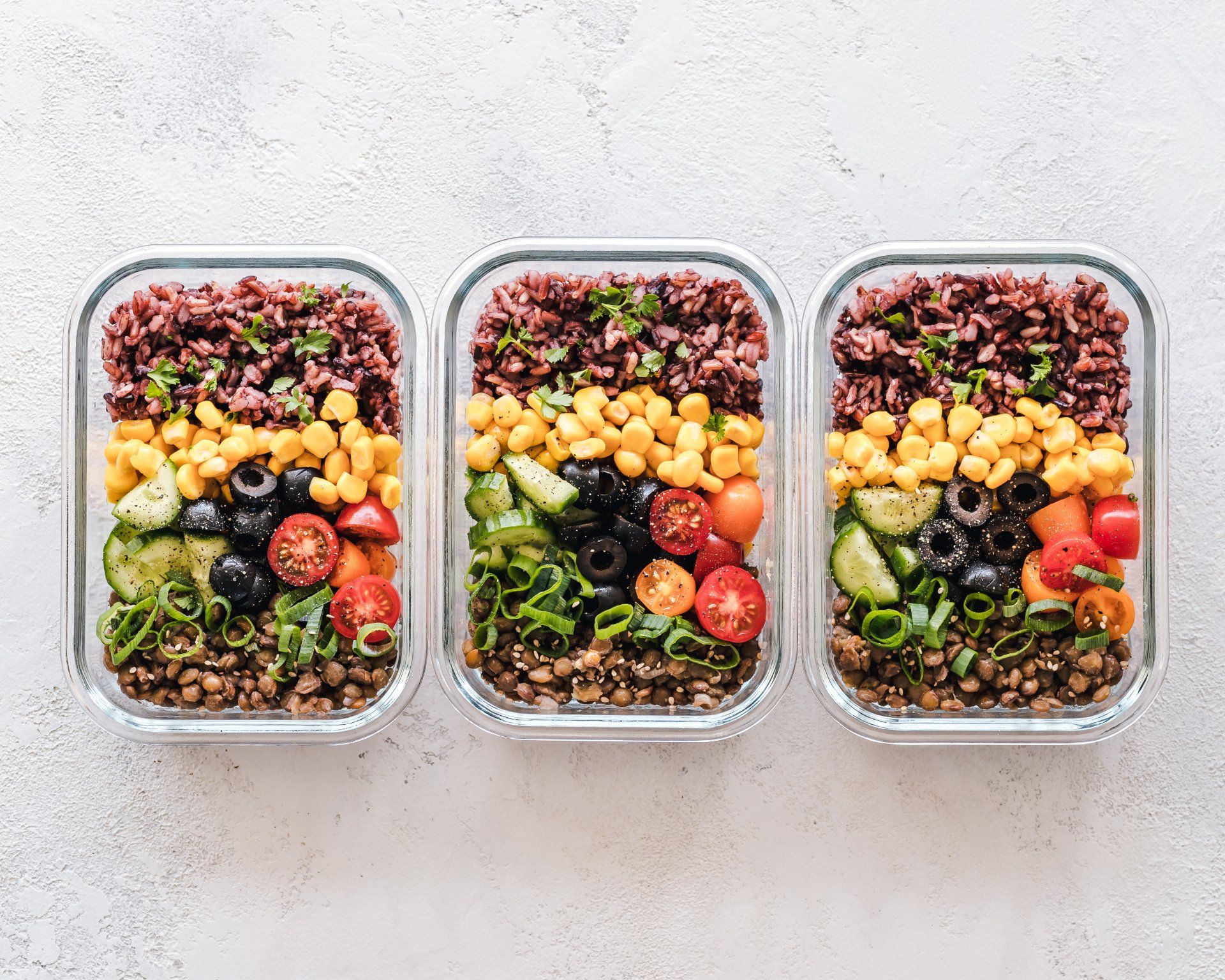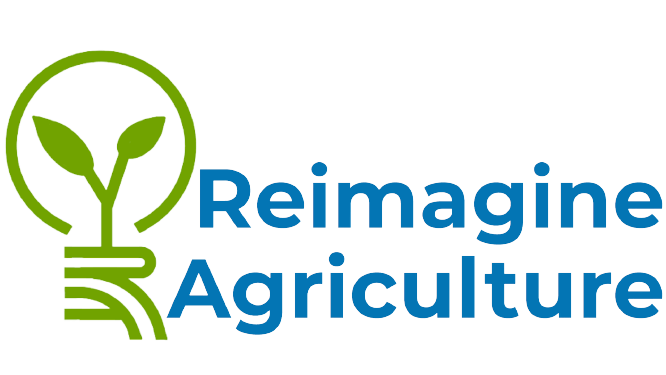Drought in Canada
June 22, 2021
Even Canada Can Run Dry
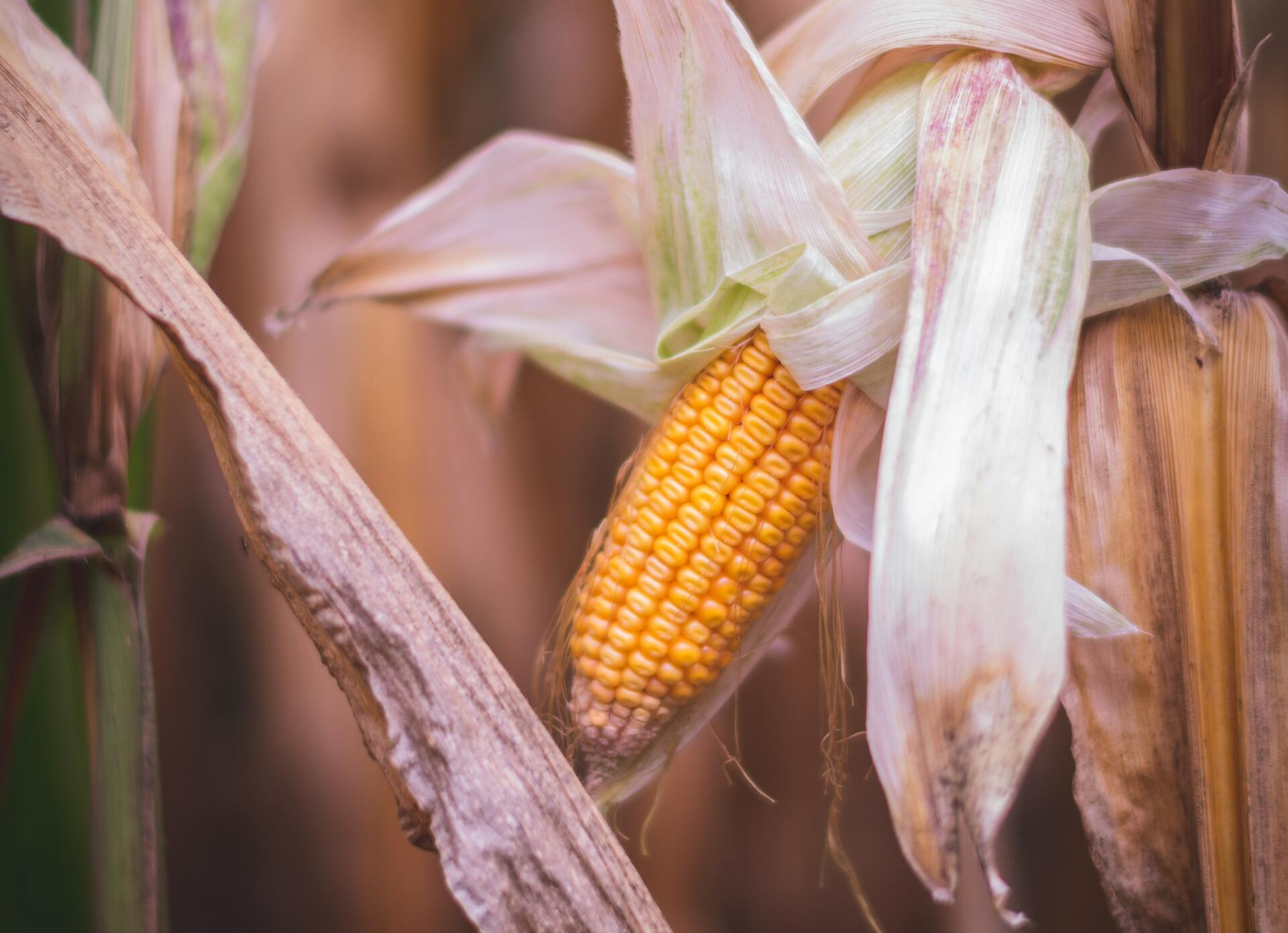
By Hayley Cloona
While climate change is increasing the frequency and intensity
of drought worldwide, these conditions are exacerbated by many agricultural and social practices. Poor management of natural lands, soil degradation, and intensive livestocking significantly impact the Earth's natural hydrological cycle. Replacement of forests and grasslands with pasture or ranching units obliterates the soil's ability to store and recycle water. Widespread land-use change has occurred across Canada over the previous decades seeing natural prairie grasslands reduced by up to 80% of their original coverage.
The Canadian agricultural sector has suffered immensely from these drought conditions in previous years.
Widespread crop failures
promoting fodder and food shortages routinely headline the news across the Prairie provinces of Alberta, Saskatchewan, and Manitoba, where most Canadian cropping and animal husbandry occur. Drought conditions are now affecting the typically 'wet' British Columbia
with the potential to strain its infamous fruit and vegetable sector.
Water-intensive animal husbandry practices are the norm across the country. Each year the agricultural sector uses around 2.95 billion cubic meters of water; this equates to the amount of water that flows over Niagara Falls in two weeks! Adding fuel to the fire, the demand for food
is now growing annually. Over 60% of Canadians consume meat, and 93% consume dairy daily. Such diets, primarily based on animal products, require significant inputs of water to produce; for example, around 1,800 gallons of water
are needed to produce a single pound of beef.
The Canadian agricultural sector is asserting immense pressure on the country's already stressed water resources. As the population grows, the demand for animal products is expected to increase rapidly. As climate change accelerates, so too will the frequency and intensity of drought conditions. Under such conditions, Canada's agricultural sector will be unable to meet growing food demands, resulting in the already 1.2 million households living with food insecurity
to grow in the coming decade.
While some agricultural practices can alleviate the stress on natural water availability, reduced demand for traditionally produced animal protein is critical in mitigating the most severe impacts of drought. Generally speaking, cultivated meat is a good alternative
for those wishing to continue consuming animal protein while reducing their environmental footprint. This lab-produced alternative requires less water to produce while also emitting fewer greenhouse gas emissions.
The recently revised Canadian Food Guide
suggests consumers opt for plant-based proteins instead of animal-based proteins where possible. The replacement of meat and dairy with plant-based proteins and milk contributes positively to your family's health
while reducing agricultural influences on drought conditions and the environment as a whole. Currently, an estimated 1.6%
of Canadians exclude animal products from their diet, relying on plant protein such as legumes, nuts, and seeds.
Drought is set to become a regular feature of our future. The combination of damaged soils, deforestation, unpredictable weather patterns, increasing private and public consumption, and water-intensive animal husbandry has left the earth's natural water cycle severely damaged. We can not alter weather patterns or stop increasing water demand, but holistic stewardship of the land combined with stopping traditional animal meat production will ensure drought does not severely affect our daily lives in our new climate-challenged future.
You can be a part of the movement for change. Here at Reimagine Agriculture, we deeply care about reforming the Canadian political and educational systems to ensure a sustainable and food-secure future for everyone. Join our policy campaign and lend your voice in the fight against drought, animal maltreatment, and food insecurity in Canada.
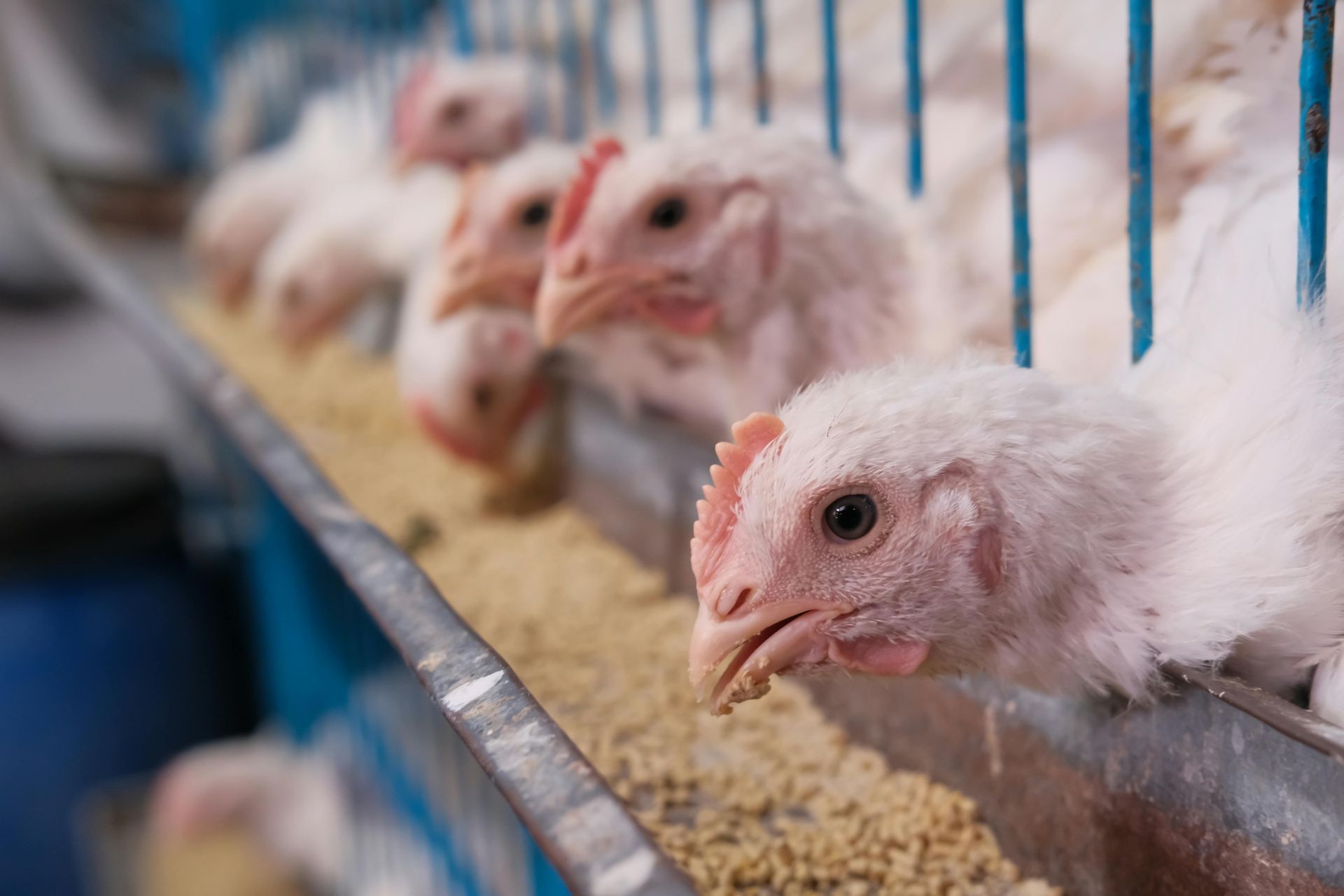
The 2024 Canada Animal Welfare Scorecard evaluated animal welfare commitments and transparency across 40 leading Canadian food companies. Focusing on cage-free eggs, gestation-crate-free pork, and adherence to Better Chicken Commitment (BCC) standards, the report uncovers serious gaps in transparency, industry-wide “humanewashing,” and persistent animal welfare issues. Here’s a breakdown of the most troubling findings. 1. Lack of Transparency in Major Retailers and Foodservice Providers Walmart Canada, Calgary Co-op, and Federated Co-operatives have demonstrated minimal transparency, failing to publish updates or roadmaps on their animal welfare commitments. Walmart Canada is the only top-five retailer in Canada not reporting any progress on welfare practices, despite publishing incremental updates in the U.S. Meanwhile, Calgary Co-op still lacks any published policies or progress toward ending confinement for hens and pigs, despite its members’ vote to support humane conditions over a decade ago. 2. Misleading Industry Claims and "Humanewashing" Tactics A major issue facing Canadian consumers is the widespread “humanewashing” in the food industry, where companies use misleading labels and terminology to suggest higher animal welfare standards than actually practiced. Companies like Burnbrae Farms label their eggs as “Nestlaid,” implying cage-free conditions, which leads nearly half of surveyed consumers to mistakenly believe these eggs come from open barns. Industry groups, including Chicken Farmers of Canada , amplify this confusion by using terms like “family farms” to evoke images of small, humane operations, even when products are sourced from intensive confinement systems. Rather than improving actual welfare standards, these organizations invest heavily in shaping public opinion through corporate responsibility reports and marketing campaigns, leaving consumers misinformed about the true conditions behind their food. 3. The Crisis of "Frankenchickens" in Poultry Production The Canadian poultry industry’s use of ultrafast-growing birds, often termed “Frankenchickens,” remains a primary welfare issue. These birds are bred to grow four times faster than chickens in the 1950s, resulting in painful health problems and limiting their ability to move or access food and water. Although companies have pledged to stop using these breeds by 2026, few have shown significant action on this front. Major Canadian poultry producers continue to use these breeds, creating severe welfare implications. 4. Continued Use of Gestation Crates for Pigs Gestation crates remain the norm across Canadian pork production, confining mother pigs in cramped stalls that prevent them from turning around. Some progress is evident, with companies like Costco and Starbucks Canada reporting steps toward group housing. However, Walmart Canada and Federated Co-operatives have not published policies or progress. While the industry timeline for complete phase-out stretches to 2029, these companies have yet to implement meaningful welfare improvements, prolonging extreme confinement for Canada’s 1.2 million breeding sows. 5. Slow Progress in the Shift to Cage-Free Eggs Despite growing opposition to cage confinement from Canadian consumers, the Canadian egg industry continues to invest in “enriched” cage systems that offer only minor improvements over conventional battery cages. Companies like Metro and Sobeys committed to sourcing cage-free eggs but report slow progress across their supply chains, while Calgary Co-op has yet to report any steps forward. Globally, over 2,600 companies have committed to eliminating cages, but Canada falls behind due to its reliance on slightly modified cage systems. Moving Forward: Accountability and Clear Roadmaps Required Companies need transparent roadmaps, annual goals, and consistent reporting to keep pace with rising consumer and investor expectations. Brands such as A&W Canada, Aramark, and Panago Pizza have set strong examples, publishing BCC-compliant policies and reporting progress, proving tangible progress is achievable. However, for others, a significant gapremains between public promises and the welfare practices in their supply chains.




